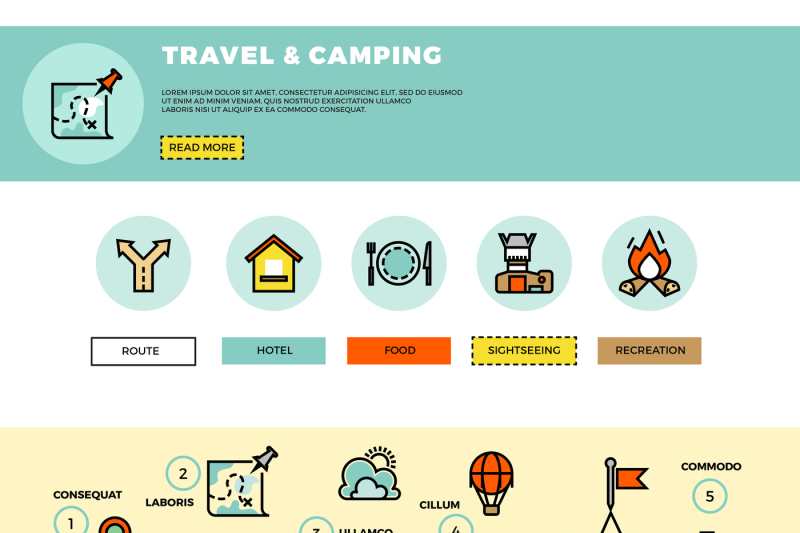Corner angles are essential parts in building and engineering tasks. They supply strength, longevity, and adaptability. They are also easy to install and can hold up against different ecological aspects.
Builders use numerous kinds of angles to develop solid, stable structures. Several of these angles are for aesthetics, while others are utilized to boost access and feature.
Toughness
The strength of steel angles is crucial for guaranteeing that structures are secure and can hold up against hefty lots. These components can be utilized for a range of jobs, from enhancing beams and columns to creating frameworks for shelving and fence. They are additionally ideal for creating support frameworks in commercial atmospheres.
Rounded inside edges are an integral part of modern-day engineering and style, as they help to distribute stress and anxiety evenly throughout the material. This can make a material stronger and less likely to break or stop working, especially in materials such as glass, stone, and tile.
Rounded corners in rotomolded components additionally aid to minimize anxiety concentrations, which can result in structural weak points and low quality. Therefore, Gregstrom Company recommends that designers make use of rounded edges when creating rotomolded components. These attributes will improve the overall top quality of the completed product and assistance to guarantee that the molded component is solid, sturdy, and resilient. This will decrease the need for repair work or substitutes gradually.
Longevity
Bent inside edges are a vital component of modern engineering and layout, and they can substantially raise the stability of frameworks constructed from stone or glass. They also help to uniformly distribute tensile and compressive pressures, which lower the likelihood of cracking or breakage.
These angles are crucial to our daily lives, making it much easier for us to move around in our surroundings. As an example, mobility device ramps, stairways, and entrances are made with accurate angles to ensure safety and security and access. On top of that, the best angle is used in bridges and buildings to make sure structural integrity.
In geometry, an angle is the factor where 2 rays satisfy. It is also called a vertex. The 4 corners of a square have an inner angle of 90 degrees. However, the term is commonly used to explain any kind of type of edge. For example, in photo structures, the top and lower rails require 45 degree mitre cuts. This is due to the fact that the board widths are different.
Versatility
While the ideal angle is one of the most common kind of angle, various other types can produce distinct, useful, and visually appealing frameworks. Whether you're designing a contemporary coffee table or an industrial-style home, making use of different angles will certainly help you accomplish the desired visual.
You can use light weight aluminum angle to make customized braces for protecting and enhancing your jobs. These brackets are light-weight and strong, so they can hold up against heavy lots and stress and anxieties. They also are available in a selection of sizes and shapes, making them a versatile selection for a vast array of tasks.
Many contemporary structures use curved inside corners to boost architectural security and resilience. These rounded edges disperse stress throughout the structure to prevent weak spots and fractures. This is an important factor to consider for builders and specialists, especially when working with hefty products like stone or ceramic tile. Developing a rounded edge can also boost the lifespan of the product and reduce upkeep expenses. It is necessary to select the ideal angles for your job, and to ensure that they are properly installed to stay clear of any kind of possible problems.
Price
Bent inside edges are a vital element of contemporary style and design, as they play an important function in boosting structure security and durability. They also help reduce stress circulation and decrease damage. In addition, they can boost the visual charm of a framework.
Words "corner" typically, however not constantly, describes a 90 degree angle. In geometry, nevertheless, the term "angle" is actually a point where two lines or sides satisfy (or converge). These points are called vertex, and they can be straight or curved.
Using a curved mitre in an image structure, as an example, needs cautious computation. The mitre angle is based upon the size proportion of the board at each edge. tent stove If the boards are of equivalent width, after that they will certainly each need a 45 degree mitre. If the boards are wider, then they will certainly each call for a various angle. This scenario prevails in personalized structures, where the leading and bottom rails are typically wider than the side rails.
